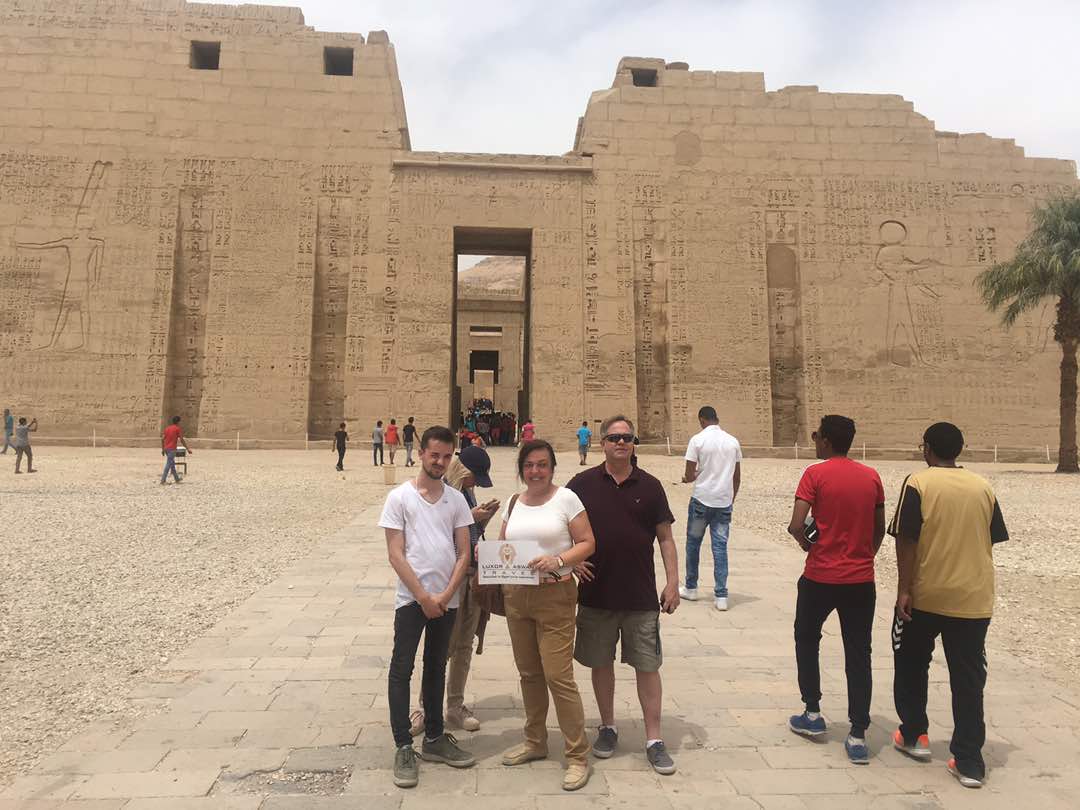Deir Al Madinah (Workers’ Village)
Deir Al-Medinah is unique in that it is the lone example of a well-preserved Egyptian village near Luxor. Kings and q...
While it is not among the most well traveled sites on the West Bank, Medinat Habu is considered by many visitors to be among the most impressive sights they see in Luxor. This temple complex is impressively preserved, especially in comparison to the Ramesseum, on which its plan is based.
While the Ramesseum was built by a more famous pharaoh (Ramesses II), Medinat Habu, commissioned by Ramesses III, is a much more impressive sight with its pylon and many of its walls still intact and much more of the original painting visible on its carved surfaces.
Ramesses III (reign 1184—1153 BC) was the last of the great pharaohs of Egypt. After his reign, Egypt began a long decline that led to it being ruled by foreign powers for the majority of its history after the New Kingdom. After the empire stretched to its furthest extremes under Ramesses II, the pressure of invasion threats from multiple frontiers eventually proved too much.
Ramesses III is the last pharaoh to whom there are great building project attributed and this temples complex was the biggest of them.
During his reign, Medinat Habu functioned as a walled city with the temple and an administrative center inside of walls that protected the inhabitants of the area during hard times. Later on, the complex became a walled town for Coptic Christians living in the area.
The first impression of the temple is immediately imposing as you enter through a massive stone gate that seems out of place in Egypt. It is a Ptolomaic addition to the complexc that hides the main feature of the complex behind it—the Temples of Ramesses III with its towering pylon with relief carvings still very well preserved, depicting the king defeating Egypt’s rivals from Libya and the Sea Peoples.
The temples continues from there into several courtyards with well-preserved reliefs and columns, many with their coloring still intact, and leading into a final hypostyle hall.

Explore the temples and tombs of the Theben necropolis on a 5-hour private Luxor Tours to the Ramesseum, the Temple of MedinatHabu, and the Valley of the Nobles. This priva...
Your entire vacation is designed around your requirements with expert guidance every step of the way.
Speak with our Egypt specialists for your perfect luxury journey.